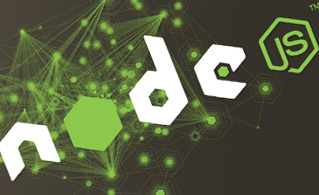Hepsia Advanced Features
The Advanced tab grants you swift access to a set of advanced features, among them the Memcached memory caching system and the Varnish Cache web application accelerator, which will help you optimize your websites and applications without needing to move away from the web hosting Control Panel. Depending on the hosting package, these features are either added by default or are offered in the form of easy-to-get upgrades. InnoDB and NodeJS support is offered as well.

Varnish
Varnish Cache is a web application accelerator also famous as an HTTP accelerator. You can install it in front of any web server that speaks the HTTP protocol and configure it to cache the contents. Varnish Cache is really, really fast and will improve your site's loading speed. One of the important strengths of Varnish Cache is the flexibility of its configuration language, VCL, which enables you to define how incoming requests should be dealt with.

Memcached
Memcached is a generic distributed memory caching system for boosting the loading speed of dynamic database-powered web sites. It is used to reduce the number of times an external data source (such as a database or API) is read by caching data and objects in RAM. The Memcached distributed memory object caching system uses a client/server architecture. The Memcached system is used by some of the most frequently visited websites on the web and is supported by famous web apps like Joomla and WordPress.

Node.js
Node.js is a software system for writing highly scalable Internet apps. Built on Chrome's JavaScript runtime, Node.js uses an event-based, non-blocking I/O model that makes it lightweight and effective, excellent for high-performance content-heavy network applications. Node.js uses Google's V8 JavaScript engine, libUV, and several in-built libraries.
InnoDB
InnoDB is the default storage engine for the MySQL open-source database management system. A database engine is the primary software component that a database management system uses to create, read, modify and delete data from a database. The latest release of InnoDB features substantial improvements in performance, dependability and usability. InnoDB offers the standard ACID transaction features, along with foreign key support. It is included as standard in most binaries distributed by MySQL AB.
